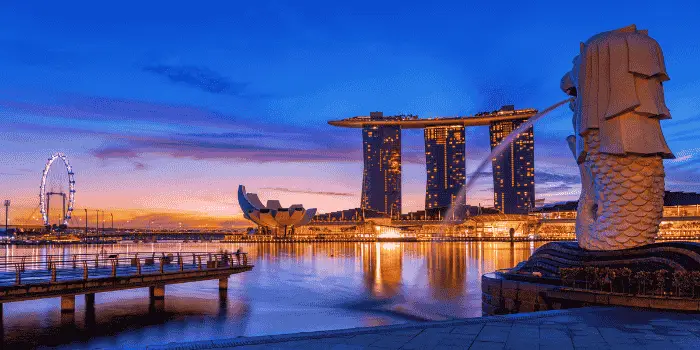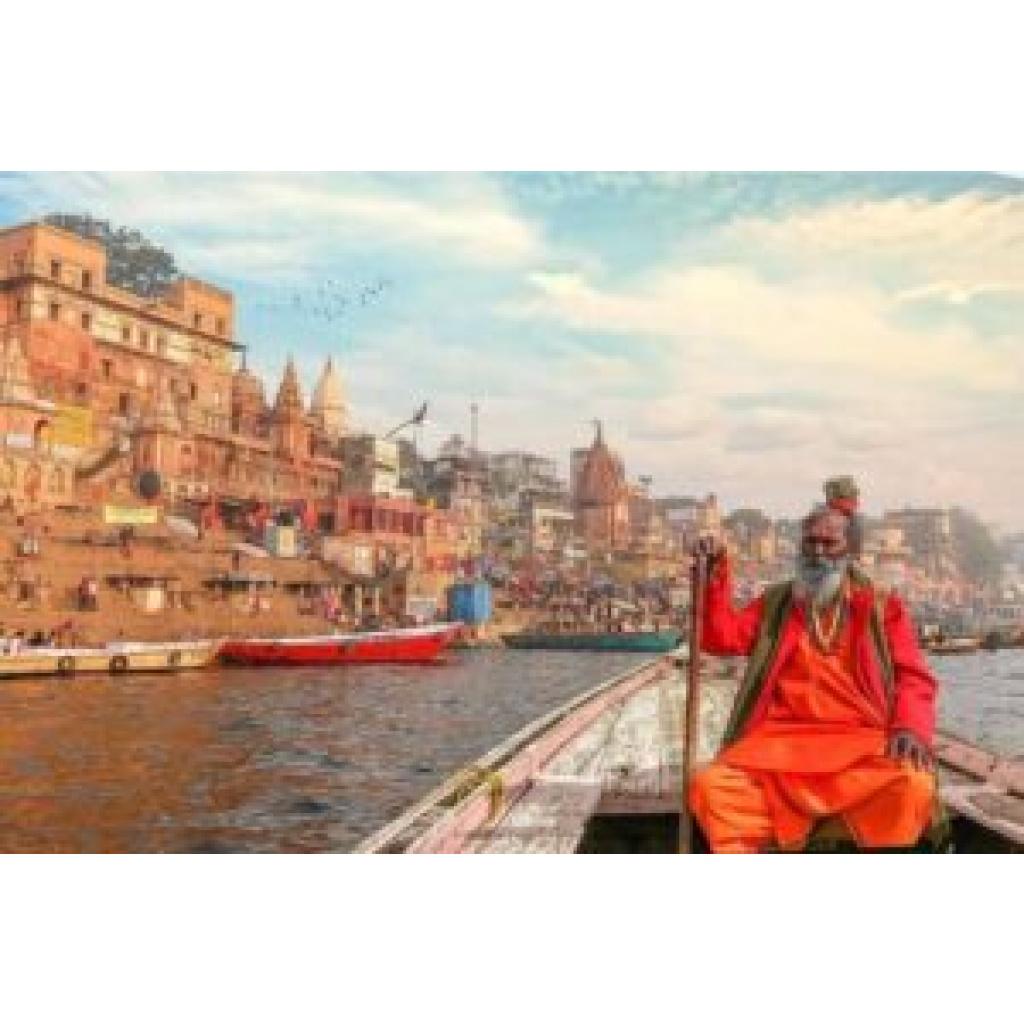Singapore Safety: Is Singapore Safe To Travel?
Is Singapore safe to travel? This Singapore safety question often pops up in the minds of those planning to visit one of Asia’s most bustling metropolises. Known for its vibrant cultural tapestry and architectural marvels, Singapore is a destination that beckons tourists, families, and business travelers alike. Understanding the safety aspects of this global city is paramount to ensuring a worry-free and enjoyable trip. In this blog post, we’ll explore the various facets of Singapore safety, providing insights that are both practical and reassuring. Singapore Safety In General Singapore enjoys the prestigious reputation of being one of the safest countries in the world. It’s not just a claim made by travel brochures; it’s backed by the nation’s robust government policies and strict legal frameworks. The city-state’s approach to maintaining law and order is proactive and vigilant, ensuring a secure environment for residents and visitors alike. The government implements stringent laws that contribute significantly to Singapore safety for public security. From consistent patrolling to sophisticated surveillance systems, Singapore’s commitment to safety is evident in its seamless integration of law enforcement across daily life. This vigilance offers peace of mind to travelers, making it easier to explore the city with confidence. Visitors can expect a generally low risk of crime, which adds to the appeal of selecting Singapore as a travel destination. The dedication to Singapore safety allows tourists to immerse themselves in the local culture without the usual travel anxieties. Also Read: Is it safe to travel to japan alone? Crime Rates in Singapore One of the key factors contributing to Singapore safety is its remarkably low crime rate. Statistically, Singapore consistently ranks among the top in global safety indexes. Violent crimes are rare, and petty offenses such as pickpocketing are infrequent compared to other major cities. Common crimes, when they do occur, might include minor thefts or scams, but even these instances are swiftly addressed by the authorities. The Singapore Police Force is known for its efficiency and rapid response to any criminal activity. Their presence is both visible and reassuring, deterring potential wrongdoers. Authorities employ various measures to maintain this sense of security. These include community policing initiatives that involve residents in crime prevention efforts. Tourists are encouraged to remain vigilant, but they can rest easy knowing that safety is a national priority in Singapore. Health and Hygiene Singapore takes health and hygiene very seriously, which is evident in its world-class healthcare system. For tourists, this means accessible medical services and facilities should the need arise. The country boasts excellent healthcare standards, ensuring that travelers can receive prompt and effective treatment if necessary. Public areas and food establishments in Singapore adhere to rigorous cleanliness standards. This dedication to hygiene is part of what makes dining in Singaporean hawker centers a safe and delightful experience. Whether you’re enjoying street food or dining in a restaurant, you can expect high levels of sanitation. Travelers should be aware of any vaccination requirements and health advisories before visiting. While there are generally no mandatory vaccinations for Singapore, it’s always wise to consult your local health authorities for the most current recommendations. Transportation Safety Navigating Singapore is a breeze, thanks to its reliable and safe public transportation systems. The Mass Rapid Transit (MRT), buses, and taxis operate under strict safety standards. This makes getting around the city both convenient and secure for all travelers. Traffic regulations in Singapore are stringent, contributing to high road safety standards. Drivers are disciplined, and the roads are well-maintained, adding to the overall feeling of security for pedestrians and passengers alike. When using ride-sharing services, travelers should follow basic safety tips. Ensure that you verify the driver’s details before getting into the vehicle and use official apps to book rides. These precautions help maintain personal safety while enjoying the flexibility of private transport. Cultural Considerations Understanding local laws and customs is essential when visiting Singapore. The city-state is known for its strict regulations, which cover everything from behavior in public spaces to more unusual rules, such as the ban on chewing gum. Respecting cultural norms and etiquette is vital for a harmonious experience. Simple gestures like removing your shoes before entering a home or using polite forms of address can go a long way in fostering goodwill with locals. Legal restrictions are enforced with precision, and penalties for offenses can be steep. For instance, littering attracts heavy fines, and drug-related crimes are met with severe consequences. Being informed and respectful of local laws can help travelers avoid any unwanted situations. Emergency Services Singapore’s emergency services are known for their efficiency and availability. Whether it’s the police, medical, or fire services, help is never far away when needed. The infrastructure in place ensures rapid response times, providing an added layer of security for visitors. Tourists should keep important emergency contact numbers handy. Knowing how to quickly reach out for help can make all the difference in an urgent situation. Most services are accessible through simple emergency numbers, making it easier to get assistance without delay. In case of an emergency, travelers can expect professional and prompt support. With clear protocols and dedicated personnel, Singapore’s emergency services are equipped to handle a wide range of scenarios effectively. Potential Risks and How to Mitigate Them While Singapore is exceptionally safe, it’s wise to be aware of potential risks. Natural hazards, such as sudden weather changes, can occur. Tropical storms and occasional dengue fever outbreaks are managed with effective public health campaigns and robust infrastructure. Uncommon yet possible incidents like cyber scams are also worth considering. Travelers should exercise caution when sharing personal information online and be wary of unsolicited communications. Staying informed about local news and alerts is an excellent way to mitigate risks. Subscribing to government or local news websites can provide timely updates on any situations that might affect safety. By staying vigilant and informed, travelers can further enhance their security. Travel Insurance Considerations Travel insurance is a crucial component of any international trip, including visits to Singapore.


